I'm trying to detect a shape (a cross) in my input video stream with the help of OpenCV. Currently I'm thresholding to get a binary image of my cross which works pretty good. Unfortunately my algorithm to decide whether the extracted blob is a cross or not doesn't perform very good. As you can see in the image below, not all corners are detected under certain perspectives.

I'm using findContours() and approxPolyDP() to get an approximation of my contour. If I'm detecting 12 corners / vertices in this approximated curve, the blob is assumed to be a cross.
Is there any better way to solve this problem? I thought about SIFT, but the algorithm has to perform in real-time and I read that SIFT is not really suitable for real-time.